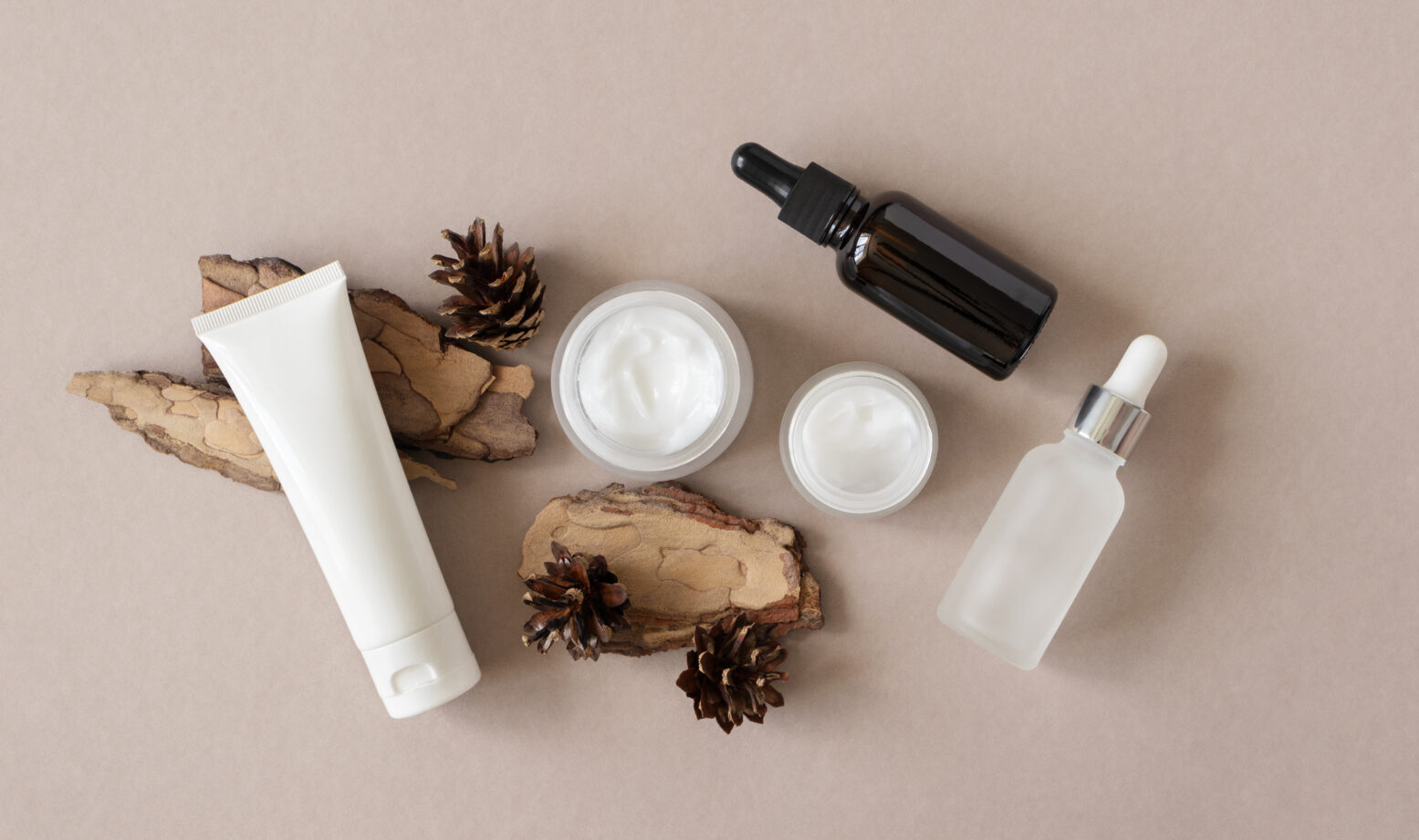Walking down the skincare and beauty aisles at your local drugstore, you’ll see a plethora of products proclaiming they contain retinol in them for anti-aging or anti-acne benefits. Meanwhile, social media is filled with “skinfluencers” who talk about retinol, retinoid, retinoic acid, retinaldehyde, retinyl esters, and everything in between.
Retinol, retinoic acids, retinaldehyde, and retinyl esters are all different types of retinoids. Retinoids are chemicals related to vitamin A, an essential vitamin from food sources that the body needs for cell growth, healthy vision, and maintenance of our internal organs. However, the form of vitamin A often talked about on social media is not a pill but applied as a cream or gel. On the skin, vitamin A can increase cell regeneration and collagen production, which are both needed to decrease the appearance of fine lines and wrinkles.
Among the different retinoids, retinoic acid is the most easily used by the skin. Retinol, retinaldehyde, and retinyl esters all have to undergo additional chemical changes in the skin to be converted to retinoic acid before they can be used by the skin. Unfortunately, retinoic acids, such as tretinoin or tazarotene, are only accessible with a prescription, while retinol, retinaldehydes, and retinyl esters are available over the counter.
Many kinds of retinoids can be found in the skincare aisle of local pharmacies.
Image Source: Images by Tang Ming Tung
As we age, our skin becomes thinner and more wrinkled. Retinoids work against signs of aging by reducing water loss from the skin, preventing collagen in the skin from breaking down, and promoting new skin cell growth. All of these are important in keeping the skin looking tight and bouncy. A study done in 2015 compared the effectiveness of retinol and retinoic acid in anti-aging. Researchers concluded that retinol had similar effects on the skin as retinoic acid, with the anti-aging effects of retinol being slightly less powerful than the effects of retinoic acid.
Retinoic acids are also used in acne treatments. Acne develops when sebum and dead skin cells clog the hair follicles on your skin. Although scientists aren’t exactly sure how retinoic acids reduce acne, it seems like retinoic acids possibly work by:
- Increasing the speed of skin turnover where dead skin cells are being replaced by new, living skin cells faster.
- Making dead skin cells shed more easily, thus reducing the build-up of dead skin.
- Reducing the size of hair follicles, which can decrease the amount of sebum on the skin.
Adapalene, a retinoid derivative that is available over the counter, also works very similarly to retinoic acid. A study done in 2001 indicated that adapalene gel offered the same effects as tretinoin, a retinoic acid, with less skin irritation.
Retinoids seem to be a promising treatment to combat aging and acne, according to current research. As with all drugs, please consult a doctor for any questions or concerns about any of the active ingredients listed.
Featured Image: Olha Kozachenko










